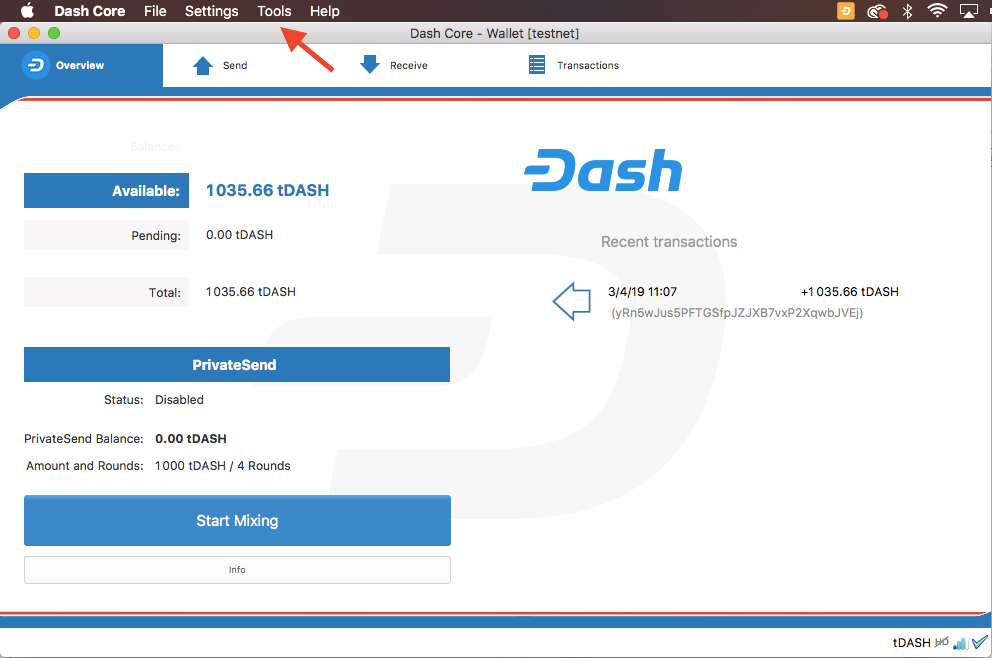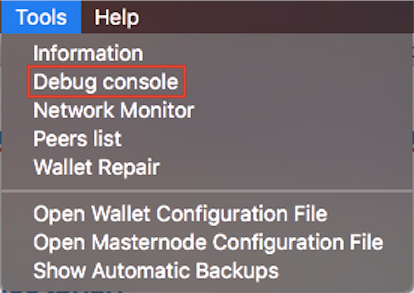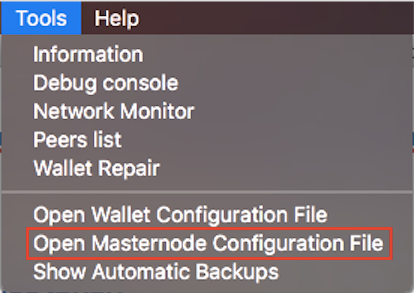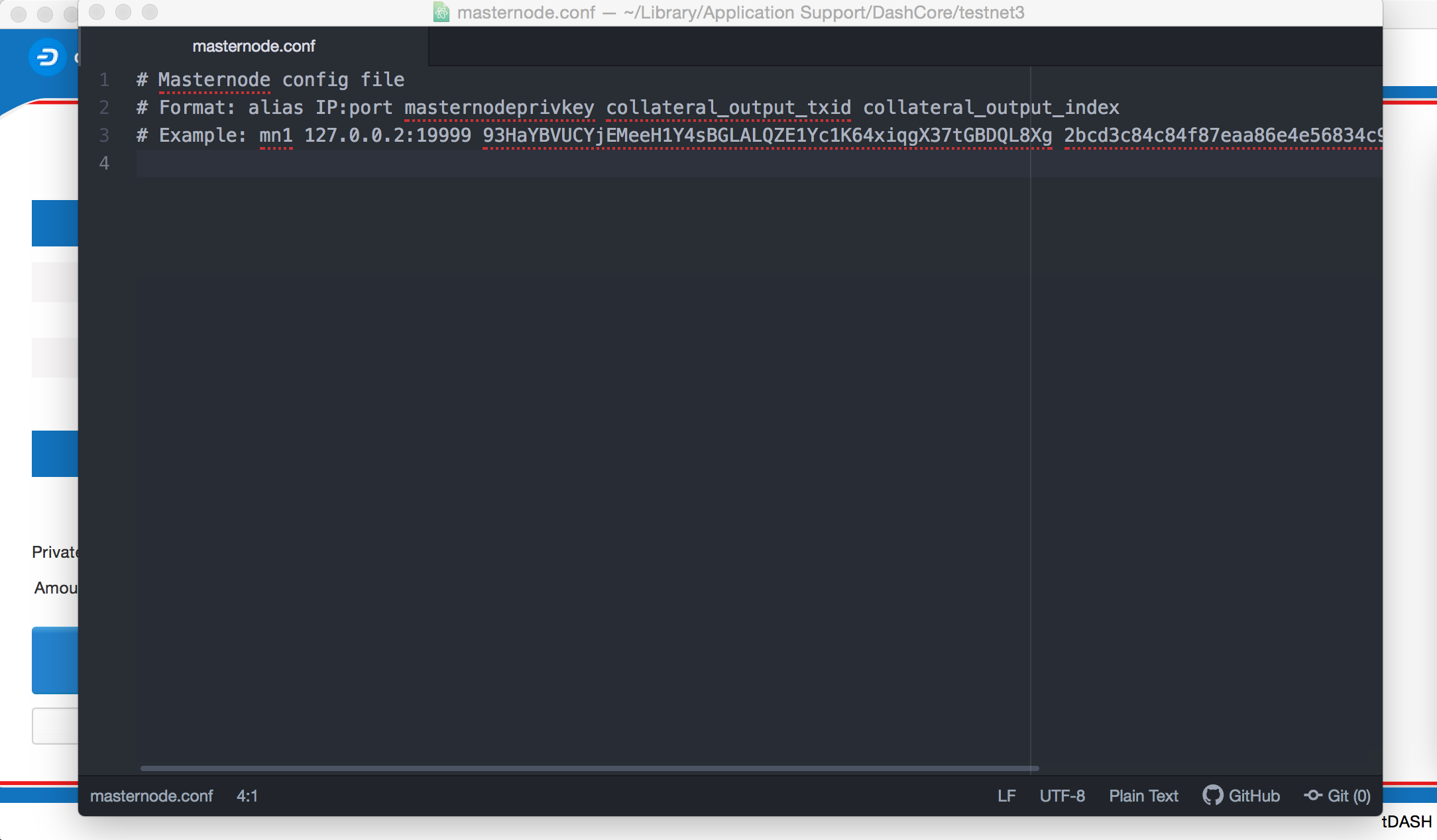Summary
Staked provides a service that allows holders of Dash to get the benefits of running a masternode without the upkeep, while allowing holders to maintain custody of their crypto assets.
Overview
Dash is a fork of Bitcoin that was created in 2014 to provide anonymous, trustless and nearly instant payments. Dash was previously known as XCoin and DarkCoin before re-branding to Dash in May 2015. Dash block rewards are split between PoW miners (45%), masternode operators (45%) and Dash Project Treasury DAO.
Masternodes
Dash masternodes play the same role as full nodes in the Bitcoin network. A deterministic algorithm is used to create a pseudo-random ordering of the masternodes.
Each masternode requires 1,000 DASH as collateral. The 1,000 DASH are used as bonded collateral and required to earn the inflation funded block rewards. The collateral is always safe and never forfeited during masternode operation. The average Dash masternode reward frequency is just shy of nine days.
Governance
Dash masternodes are responsible for Dash’s governance. The DGBB or Decentralized Governance by Blockchain system allows masternodes to vote on proposals, which are then either implemented or not by Dash developers. An example of this is the 2016 block size increase, where the proposal to increase the block size from 1MB to 2MB was submitted and approved by vote within 24 hours.
Since 10% of the block rewards are used for the development, the DGBB also provides a mechanism for Dash to fund its own development. Budget proposals are submitted up until the end of the month. A series of superblocks or special blocks that pay out funded budget proposals approved by masternode votes are created if the proposal is approved by 10% of the masternodes.
DASH Masternode Instructions
Masternodes are originally formed by sending 1,000 DASH to a specific address in a wallet that will “activate” the node, making it capable of being propagated across the network. Step-by-step instructions follow:





About Staked
Staked operates the most secure, performant, and cost-effective block production nodes for decentralized PoS protocols on behalf of institutional investors. Our multi-tier listening and signing node architecture delivers stakeholders the ideal combination of security, scalability and decentralization.
Staked provides industrial scale staking infrastructure for leading PoS protocols including Tezos, EOS, Factom, Cosmos, Decred, R-Chain, OmiseGO, Thunder, Ethereum, Dfinity and more, allowing us to offer our customers the ideal solution for all of their staking needs.
Server Infrastructure
Staked nodes are deployed on high-performance computing resources in a multi-tier configuration that combines security and scalability while minimizing centralization on hardware providers. The infrastructure uses Kubernetes orchestration to ensure high availability and extremely low network latency, and can be scaled on-demand with network growth.
DDoS Protection
AWS Shield, Elastic Load Balancing and advanced IP address obfuscation techniques are used to defend against malicious network, transport and application layer denial of service attacks.
Listening Cloud
The listening cloud is comprised of publicly accessible nodes that dynamically allocate resources from multiple cloud service providers, including AWS, Google Cloud and Azure. Orchestrated by Kubernetes, the listening cloud enables near-infinite scale, self-healing and a decentralized hardware infrastructure.
Signing Servers
The signing servers are bare metal servers responsible for producing and signing blocks. They are secured in Equinix data centers in the United States, have hardware signing modules for key security, and are fire-walled so they can only communicate with the listening servers.